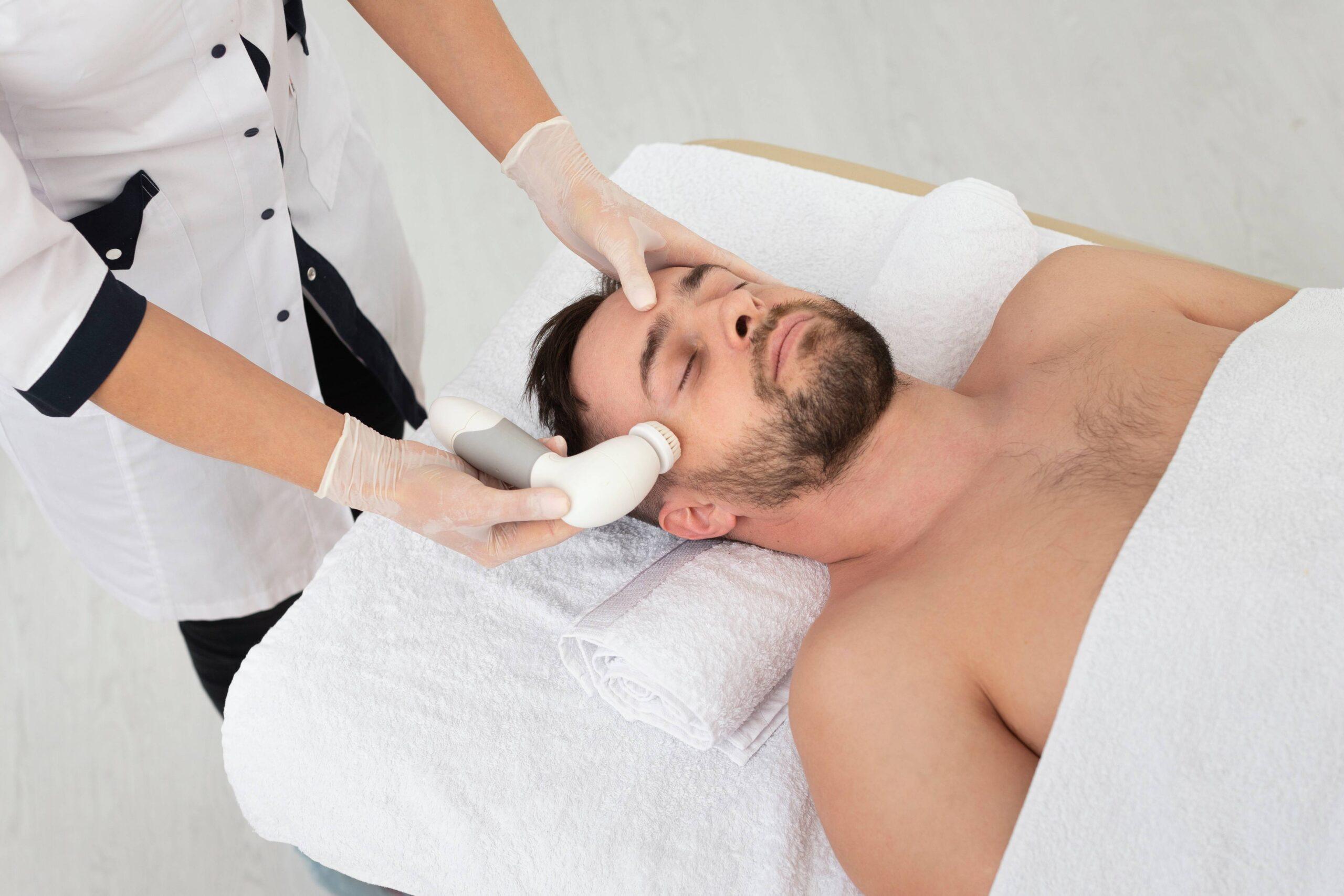Hair Transplant: What It Is & Why It’s Important A hair transplant is a surgical procedure in which hair follicles are moved from a “donor area” (usually the back or sides of the scalp where hair is denser) to a thinning or balding area. It provides a long-term, often permanent solution to hair loss, especially …
How Hair Transplant Works
Consultation & Assessment: The surgeon examines scalp condition, donor hair availability, pattern of hair loss, overall health, and discusses expectations.
Choosing the Technique:
FUE (Follicular Unit Extraction): Individual grafts are harvested one by one. Less visible scarring, quicker healing.
FUT (Follicular Unit Transplantation / Strip Method): A strip of scalp is removed, grafts are prepared, transplanted. May leave a linear scar.
Some clinics also use refined or hybrid techniques, and add precision in graft placement to mimic natural hairline, angle, density.
Procedure: Usually under local anesthesia. Donor and recipient areas are prepared. Grafts are implanted. Time for surgery can range several hours depending on how many grafts are needed.
Healing & Growth Phases:
Right after surgery there may be swelling, redness, crusting.
Shedding of transplanted hair (“shock loss”) usually happens in first few weeks.
New growth typically begins around 3-4 months, with more visible fullness by 6-9 months, and full maturation by 12-18 months.
Key Benefits of Hair Transplant
Permanent or Long-Lasting Solution: Once grafts take, transplanted hair grows naturally for years.
Natural Appearance: With improvements in technique, graft design, and angle/direction control, transplanted hair blends well with existing hair.
Improved Confidence & Self-Esteem: For many, hair loss impacts self-image; restoring hair can lead to psychological and emotional benefits.
Reduced Dependence on Temporary Treatments: Unlike some topical treatments or wigs, a transplant aims for a long-term fix.
Recent Evidence & Things to Know
Candidates should have sufficient donor hair; results depend heavily on donor area quality and surgeon skill.
Advances have improved graft survival, reduced visible scarring, and improved patient comfort.
Many clinics now emphasize safety, hygiene, and long-term planning, especially in India where the market is growing.
It’s important to have realistic expectations: density may not exactly match original hair, and some maintenance / touch-ups may be needed as natural hair continues aging/loss.
What to Expect & Timeline
Surgery time is 4-8 hours or more depending on number of grafts.
Pain is manageable; local anesthesia, sometimes mild sedation, is used.
Initial healing: swelling, sensitivity, crusting.
Shedding of transplanted hair is common in early weeks.
Visible new growth begins ~3-4 months, more noticeable by 6-9 months, full results by ~12 months or more depending on individual.

Things to Consider & Suitability
Good overall health helps (no uncontrolled medical issues).
Realistic expectations are important. Some people need supplemental treatments or multiple sessions.
Surgeons must be qualified (dermatologists or plastic surgeons with experience) to avoid unsafe practices.
Cost is substantial; time investment for recovery and growth must be considered.
Just like brushing your teeth, flossing, and regular dental check-ups are essential for maintaining your family’s healthy smile, the way you care for your scalp and transplanted hair at home after a hair transplant determines how well the grafts grow — and how natural and full your hair looks long-term. The surgical procedure gives you the foundation, but daily habits make it last.
Aftercare & Do’s & Don’ts
Avoid scratching, rubbing, or picking at the transplanted area.
Avoid tight hats or helmets, especially in early days.
Avoid strenuous exercise and heavy sweating for at least 2-4 weeks.
Stay out of direct sunlight; protect scalp with loose hats.
Use gentle, mild shampoos when washing; don’t wash too soon. Wait for surgeon’s approval.
Maintain a balanced diet rich in protein, vitamins, minerals that support hair growth.
Avoid smoking and alcohol for some time after surgery as they can impair healing.
Why Hair Transplant Matters for You
Hair loss is more than just physical—it affects how people feel in social, professional, and personal situations. If you’re a candidate, a well-done transplant can restore not just hair, but confidence, appearance, and quality of life. At Ossom, we believe meaningful transformations come through safe, modern techniques, realistic expectations, and careful after-care.







